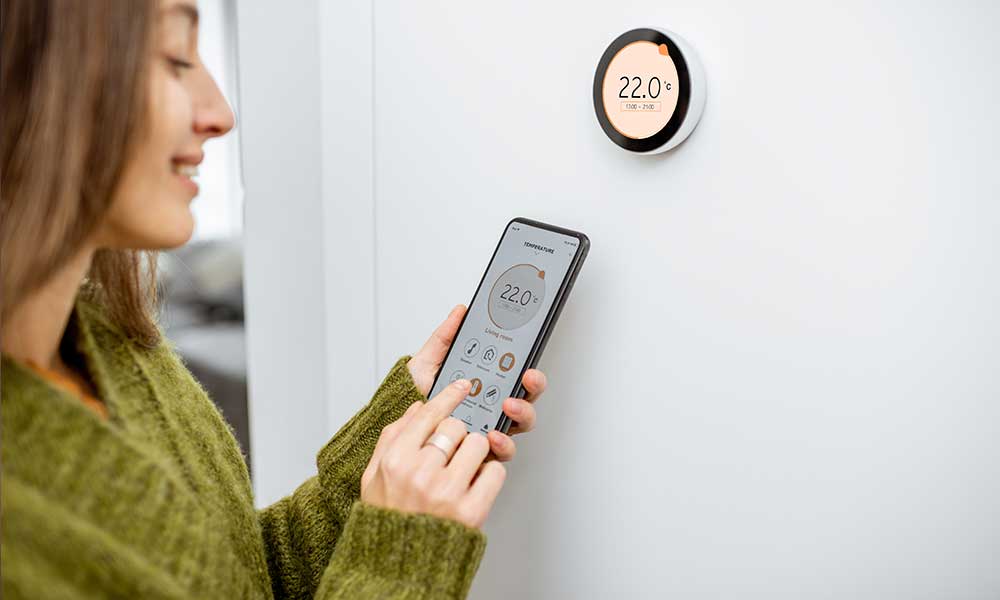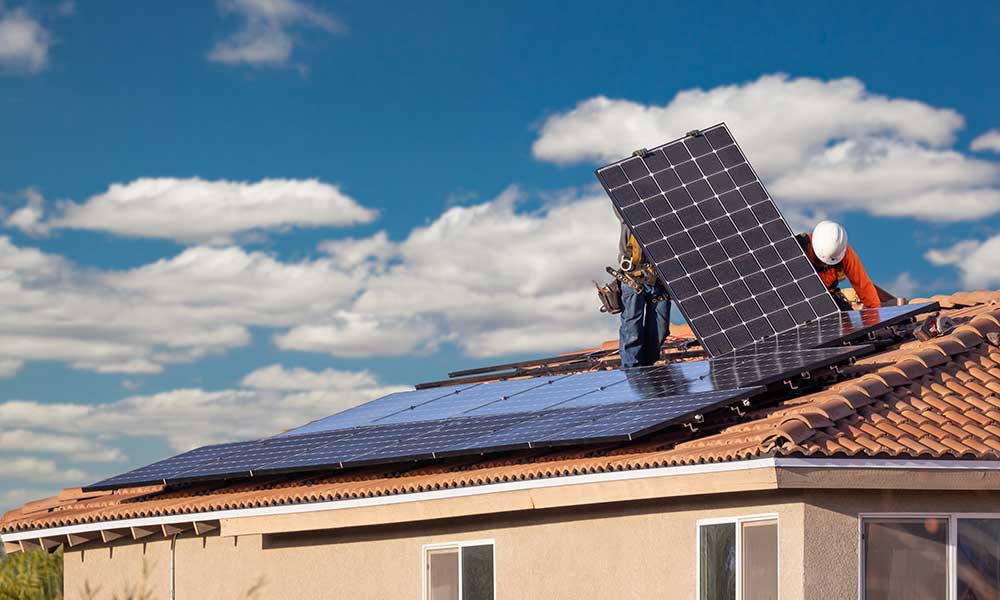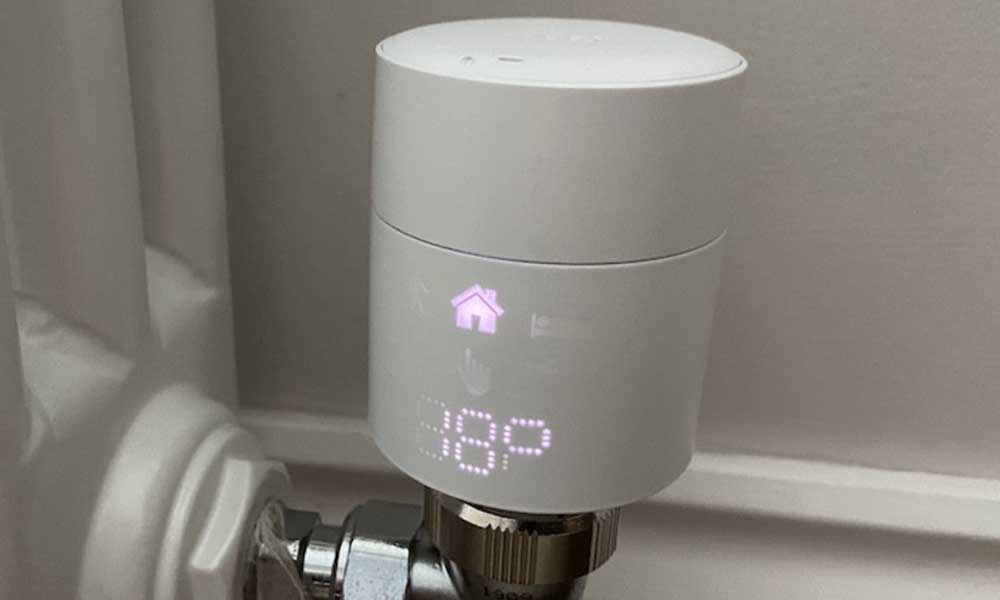Energy efficiency has become a major topic of discussion in recent years. As the cost of energy continues to rise, homeowners are looking for ways to save on their energy bills by making their homes more efficient.
One of the most effective methods of achieving an energy-efficient home is through smart plumbing and heating technology. This technology uses sensors, advanced heating controls, and other technologies to help you create an environment within your home that is comfortable while saving you money on your energy bills.
In this article, we will explore the different ways that smart plumbing and heating technologies can be used to make your home more energy efficient. We will look at how these technologies can control the temperature in different rooms throughout your home, as well as how they can be used to save on hot water costs. Finally, we will discuss some other benefits of this technology, such as improved air quality and decreased risk of water damage.

Energy Efficient Heating Options for Homes
As energy efficiency has become a priority for many home owners, the technology and tools available to make homes more efficient have developed significantly. For older homes, heat pumps are the most efficient option. By taking advantage of the existing warm air in the surrounding environment, heat pumps are able to draw out warmth from outside air and increase temperature inside the home.
For newer homes, furnaces are the most popular and energy-efficient home heating system. They use natural gas or propane for fuel and burn it in a combustion chamber under controlled conditions. The heat produced is then circulated through a series of ducts or radiators which warms up the rest of the house.
Boilers are less common but can also be an efficient home heating system. Boilers use natural gas or oil to heat water which is then circulated through a series of pipes throughout the house which warms up each room as needed. Boilers are more expensive than furnaces and require maintenance to keep them running efficiently, but they can still provide effective and energy-efficient heating for your home.
Using Renewable Energy Technology to Heat Water
Renewable energy technology is a great option to help you reduce the energy used for water heating. Solar water heating systems use thermal energy from the sun to heat your water. Heat pump hot water systems, on the other hand, use electricity to transfer heat from the air into your domestic hot water tank. These systems often reduce fossil fuel usage and eliminate climate and air pollution associated with traditional gas or electric hot water systems.
The cost of a solar water heating system can vary depending on your home and location, but typically falls between $2,000 and $5,000 installed. When used in conjunction with an energy efficient hot water tank system, solar thermal technology has the ability to reduce energy costs for home owners by up to 50%, depending on their hot water usage and location.
Heat pump hot water systems have higher installation costs than traditional models; however, their energy savings over time can outweigh this initial cost increase. According to the Environmental Protection Agency (EPA), when operated under optimal conditions these systems can provide up to 60 percent savings compared with conventional electric storage tank heaters.

Insulated Plumbing Pipes for Improved Energy Efficiency
Homeowners looking for ways to maximize energy efficiency and savings should consider insulated plumbing pipes. Insulation is key to reducing heat loss in the home, meaning less energy is needed to keep the home warm and reduce bills. Moreover, insulating exterior water lines can prevent hot water from cooling down in transit, saving both time and money.
The installation of insulated pipes can be a cost-effective solution that offers long-term savings. According to experts, for every 10deg; F reduction in the temperature of a water heater, costs can be reduced by 3-5%.
When looking for ways to improve energy efficiency in their homes, homeowners should seriously consider insulated piping systems as part of their overall strategy. Not only will this technology help reduce heat loss from water lines but also enable you to enjoy other plumbing benefits and reap the cost savings all year round!
Smart Water Heaters Save Energy and Money
Smart water heaters are an excellent way to improve plumbing and energy efficiency in a home. ENERGY STAR certified electric water heaters can save a household of four approximately $470 per year, plus even more if the home is unoccupied for long periods of time.
Smart water heaters use temperature sensors and on-demand heating technology, meaning they only turn on when hot water is actually needed. This allows them to keep track of usage levels and adjust their settings accordingly, resulting in energy savings of up to 12%. Smart water heaters can then earn their owners up to $216 per year as a result of their reduced energy usage.
Greywater Recycling Systems: An Efficient Use of a Precious Resource
Greywater recycling systems are an increasingly popular technology for homes looking to become more efficient in terms of their water usage. By collecting and recycling water from showers, sinks, laundry machines, and dishwashers, these systems can reduce hot water use by an impressive 58.2%, and cold water use by 30.6%.
Greywater treatment systems achieve a removal efficiency ranging from 93.0–96.0% for biochemical oxygen demand (BOD) and 84.0–95.0% for total suspended solids (TSS). This makes greywater much cleaner than untreated surface or ground water sources, without using expensive treatments or significant energy use from the home’s plumbing system.
Once treated, greywater can be recycled back into the home with a 50-80% efficiency rate depending on the type of treatment system used – making it a great choice for homes who care about both their energy consumption and environmental impact.
Smart Home Automation for Effortless Energy Efficiency
Home automation has had a big impact on energy efficiency in recent years, thanks to plumbing and heating technologies such as smart thermostats, smart plugs and smart lights. With so much potential for savings, it’s worth considering how these technologies can help make homes more energy efficient.
Smart Thermostats
Smart thermostats utilize sensors and algorithms to regulate the home’s air temperature based on user behavior. By utilizing this technology, homeowners can easily control the heating and cooling of their home from anywhere in the world with an internet connection. Studies have shown that smarter thermostats can save up to 10-12% on heating costs and 15% on cooling costs.
Smart Plugs
Smart plugs are designed to minimize energy waste by cutting down on “vampire power” – the electricity used by devices when they’re plugged in but not in use. Smart plugs can be turned off from the app to ensure no electricity is wasted when not necessary.
Smart Lights
Smart lights are connected devices that use LED bulbs to reduce electricity usage and costs. Because LED bulbs require significantly less energy than traditional incandescent bulbs, they allow users to reduce their electricity bills while still enjoying a well-lit home environment. Smart lights also offer homeowners a range of specific lighting features, such as brightness settings, motion sensors, and timers, to ensure optimal energy efficiency even when they’re not at home.

Conclusion
The combination of smart plumbing and heating technology provide a great opportunity for building energy-efficient homes that are both cost-effective and environmentally friendly. Smart technology can significantly reduce home energy costs while also reducing the environmental impact of traditional heating and cooling systems. With the right knowledge and the right tools, anyone can create an energy efficient home and enjoy the benefits of reduced energy consumption, improved comfort, and improved air quality. Technology is transforming the way we heat and cool our homes, and the advancements in plumbing and heating technology can help make this energy efficient dream a reality.































